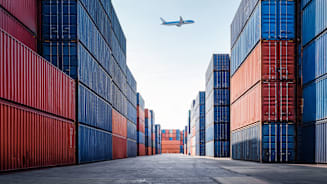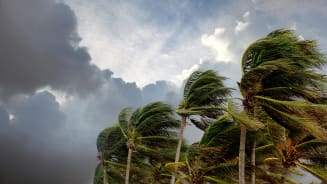Understanding the Transition Risk of Climate
The second broad area of concern around climate is the transition risk. What are the threats and opportunities to organizations in the luxury goods sector as the world transitions to a low carbon economy?
There are several lenses through which to look at transition risk — the first is regulatory and policy. Fashion and apparel are large contributors to overall carbon emissions. Since luxury brands serve as a role model function in the industry, it is of the utmost importance to source products and materials from low carbon sources, particularly given developments in terms of carbon pricing and other government plans to decarbonize.
The subject of carbon credits is also gaining importance across the industry. Legislation is providing the framework to drive positive change with initiatives like carbon footprint labeling and extended producer responsibility for retailers to bring additional transparency to the end consumer.
Non-compliance with any of these regulations is closely linked to reputational risk related to not reducing carbon footprints, especially during production and end of life for products.
Climate Risk Disclosure
With all eyes on climate, how a business discloses its climate risk is increasingly important. The Task Force on Climate-related Financial Disclosures (TCFD) to “improve and increase reporting of climate-related financial information,” is already mandated for many listed companies.1 Many organizations are also involved in some form of disclosure, whether publicly listed or private.
While the framework was designed from an investor perspective, other sectors, such as the insurance industry, are now beginning to take this reporting into account. This is certainly true on the physical risk side, as insurers look to understand the resilience of a company’s physical assets against climate risk — and not just over the next 12 months, but over the next ten years.
The Taskforce on Nature-related Financial Disclosures (TNFD) to “develop and deliver a risk management and disclosure framework for organizations to report and act on evolving nature-related risks” is also gaining traction.2 The TNFD published its final recommendations in September 2023.









































































































































































































































































































































































































